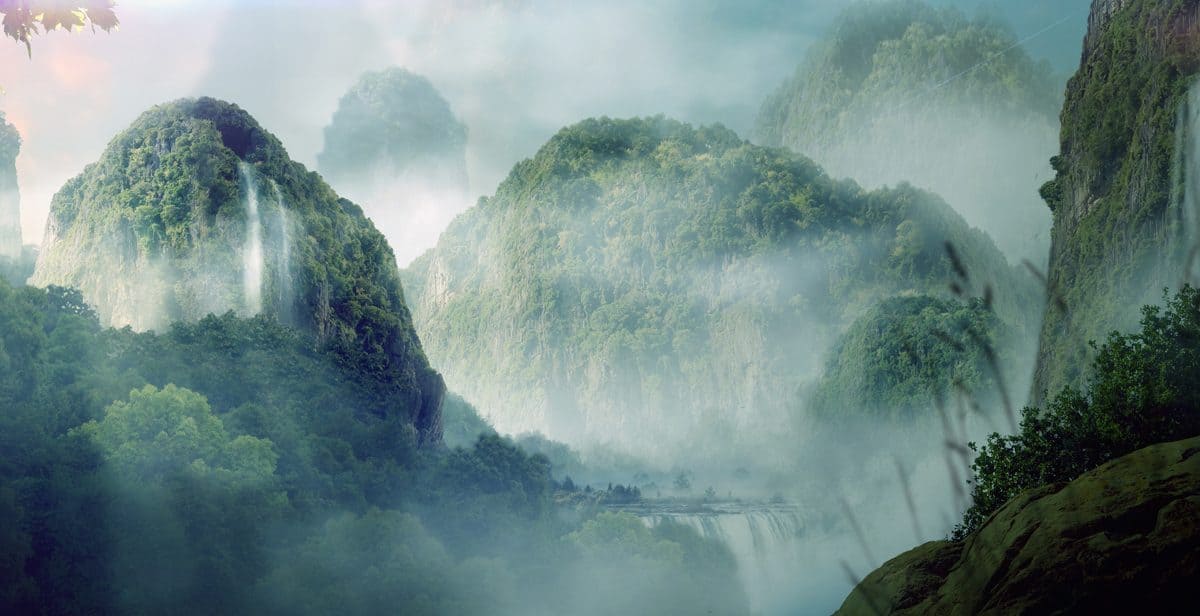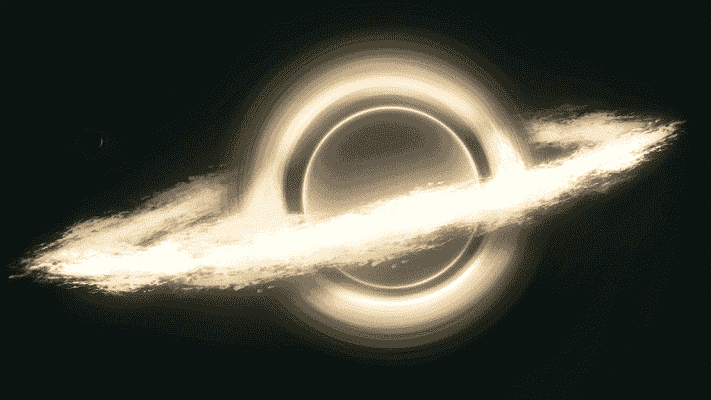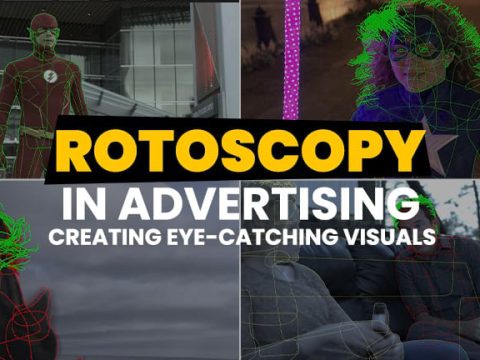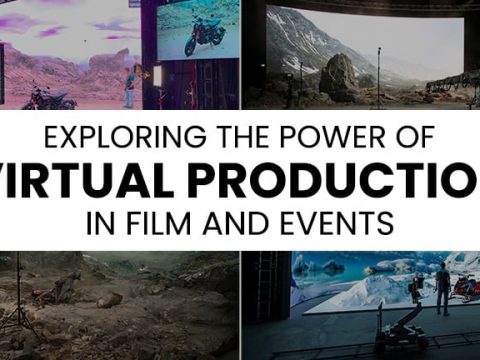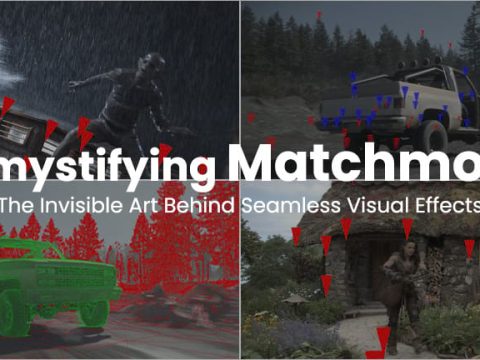Green Screen Errors to Avoid at All Costs
December 9, 2014What makes the Visual Effects in Interstellar so real?
December 22, 2014“It’s very easy to fall into the trap of breaking the rules of reality,” says Paul Franklin, a senior supervisor of Academy Award-winning effects house Double Negative and the man behind the realistic visual effects of Interstellar.
The journey Interstellar took its audience on began with a script that Jonathan Nolan penned. When Steven Spielberg stopped directing the movie, Chris Nolan stepped in instead. Known for his mind-bending films, Chris set a new target with this script by aiming to make it as realistic as possible. That’s when Kip Thorne came into the picture to bring scientific accuracy to the film’s interstellar visual effects. Thus, the script began to be rewritten.
The story finally decided upon was that all the crops fail shortly in a darker and less humane version of our reality, and humankind faces extinction. In a desperate attempt to beat the end of mankind, a former astronaut played by Mathew McConaughey is recruited for one last take off to reach a faraway system that could support human life. And that was the trouble. You see to reach another star system you would have to travel really far away and then travel some more. Even the nearest star system would take many decades to reach and that is at speeds that human technology still doesn’t know how to achieve. To beat these odds, Kip Thorne suggested the use of the phenomena of Einstein-Rosen bridge, more commonly known as the wormhole. How else would they ever have gotten there in time? The more they spoke about it, Chris Nolan was faced with one very daunting question, how were they going to make this work on screen? He had no clue himself but he knew who could make it happen. That is when Kip Thorne meet Paul Franklin. To bring in the element of realism to the visual effects, Paul Franklin asked Kip Thorne to send across a bunch of mathematical equations that explained how the physics actually works. So if the light does not travel in straight lines around the wormhole, then how would it? The equations Kip Throne sent across was more of a heavily researched paper than guidelines but that is what the team needed too! Paul Throne’s team used it to write up a new rendering program that they used to put together the wormhole. The results were so spectacular that after the shooting of the scene, Ann Hathaway actually walked up to them and said that it was so stunning that she almost forget her lines a few times because of it.
Finding courage in this success, the team tried to replicate the same for the black holes. The most significant trouble with the black holes was that they completely ate away the light around them. Filmmakers use interstellar visual effects and ray tracing to render light and reflections of images. But this functions under the assumption that light travels in a straight line. Paul Throne’s team then wrote an entirely new rendering again. There was also the need to compute the bits of distortion caused by an Einsteinian effect known as gravitational lenses. It took about 100 hours to get some of the frames together. Chris Nolan was wholly taken up with the idea that black holes were spherically in shape, but then Paul Franklin started reading about accretion disks. The team tried out a rather tricky demo. They found that the warping space around the black hole also wrapped the disk, and what they got was an extraordinary glow instead of a Saturn-like ring! The team thought it might be a bug, but Kip Thorne saw that the phenomenon had been accurately visualised!
That is how the movie visual effects of the movie lead us straight to a scientific discovery! We got a visual stunner to see and Kip Throne got the material he needed to publish two papers!

Chandan Sirish
Chandan has 14 years of experience in the field of Animation & VFX with an MBA in Education Administration from Symbiosis and a B.Sc. in Animation from Bharathidasan University. He has worked as a Rigging Artist, 3D Generalist and Academic Head with Cavalier Animation, Creo Valley School of Film, Aavishkaran Academy and Garden City University.

